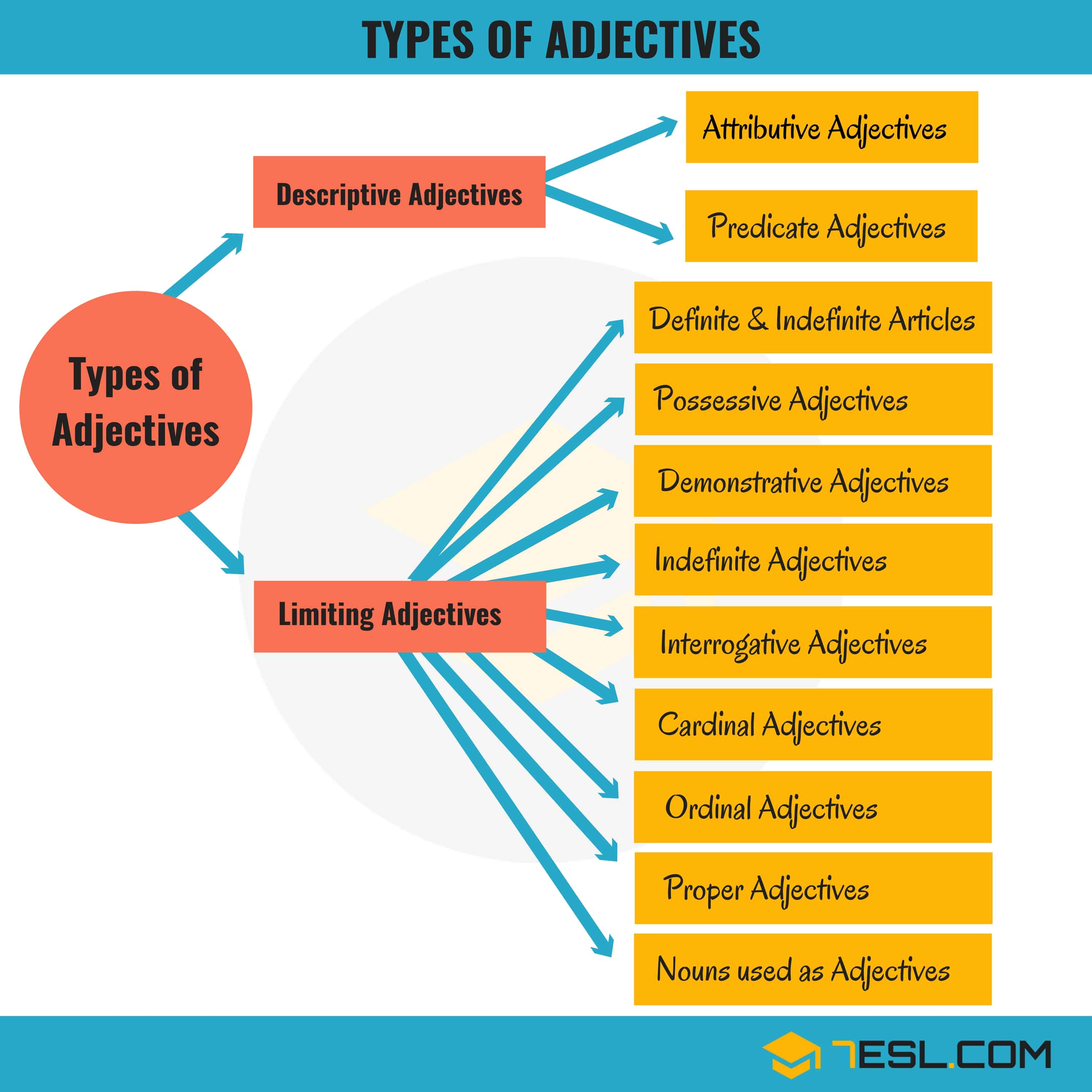Te Form Adjectives
Te Form Adjectives - The てform of an いadjective is formed by substituting くて for the final い. Both verbs and adjectives have te forms. Web てforms for joining sentences. Note that the verbs that express different states are verbs like ある (aru), いる (iru), なる (naru), etc. Te form to join two words. We'll use this knowledge to construct the て form. Web the te form is required for learning japanese to make verbs and adjectives easier to comprehend. Te form for the copula だ. If you don't know how to make the simple past (た) form, please click here for how to do that. In the case of this example, that would be:
It is characterized by the ending て (te) or で (de). Note that the verbs that express different states are verbs like ある (aru), いる (iru), なる (naru), etc. How to make a chronological order. Te form for the copula だ. Web te forms of adjectives japanese. The てform of a なadjective and a noun+です is formed by adding で to the base or the noun. Web the te form is required for learning japanese to make verbs and adjectives easier to comprehend.
It is characterized by the ending て (te) or で (de). Web the te form of a japanese verb is the form which ends in te or de. Japanese has the same verb form for the future tense and the present tense, as well as general statements. Kesa, ha o migaite… 今朝、歯を磨いて (this morning, i brush* [te form, not past] my. Web the te form is required for learning japanese to make verbs and adjectives easier to comprehend.
Conjugating to the affirmative te form is very easy once you know the standard simple past tense for each verb. We'll use this knowledge to construct the て form. Te form to make a smooth connection. Web the te form (て) can be applied to both verbs and adjectives. Before we jump into the (many) different usages of the te form, let’s look at how you form it. 美味しい (oishii) = 美味し (oishi) = 美味しくて (oishikute) nouns & な adjectives.
Just like using the てform to join to verbs, it can also be used to combine adjectives and nouns. Web the te form of a japanese verb is the form which ends in te or de. In the case of this example, that would be: An auxiliary て (or te form) is used to describe the relationship between two phrases before and after *. The てform of an いadjective is formed by substituting くて for the final い.
2 overview of adjectives in lubukusu. We will learn about enduring states with the 「~ている」 and 「~てある」 form. Web while there are a number of ways to link these ideas in japanese, one of the most effective and simplest is to choose the te form. It is characterized by the ending て (te) or で (de).
Conjugating To The Affirmative Te Form Is Very Easy Once You Know The Standard Simple Past Tense For Each Verb.
Te form to make a smooth connection. It’s used for connecting different phrases and adjectives, showing a series of actions, and making requests. For example, the te form of miru ( 見る ), see, is mite ( 見て ), and the te form of yomu ( 読む ), read, is yonde ( 読んで ). Note that the verbs that express different states are verbs like ある (aru), いる (iru), なる (naru), etc.
We Will Learn About Enduring States With The 「~ている」 And 「~てある」 Form.
Just like using the てform to join to verbs, it can also be used to combine adjectives and nouns. Te form to make a chronological order. The てform of a なadjective and a noun+です is formed by adding で to the base or the noun. Web the te form (て) can be applied to both verbs and adjectives.
Web While There Are A Number Of Ways To Link These Ideas In Japanese, One Of The Most Effective And Simplest Is To Choose The Te Form.
The te (て) form of the copula だ is で (de). 1.this refers to the sequence of events that occurred before. It is characterized by the ending て (te) or で (de). The review includes notes from today's japane.
We'll Use This Knowledge To Construct The て Form.
Web te forms of adjectives japanese. Web we’ll teach you how to convert it in ‘te’ form in a moment. Before we jump into the (many) different usages of the te form, let’s look at how you form it. Te form for the copula だ.




![Japanese [73] [GENKI L7] Adjective /Noun TE form (くて/で) How to](https://i2.wp.com/i.ytimg.com/vi/SKaZSSzGmXc/maxresdefault.jpg)

